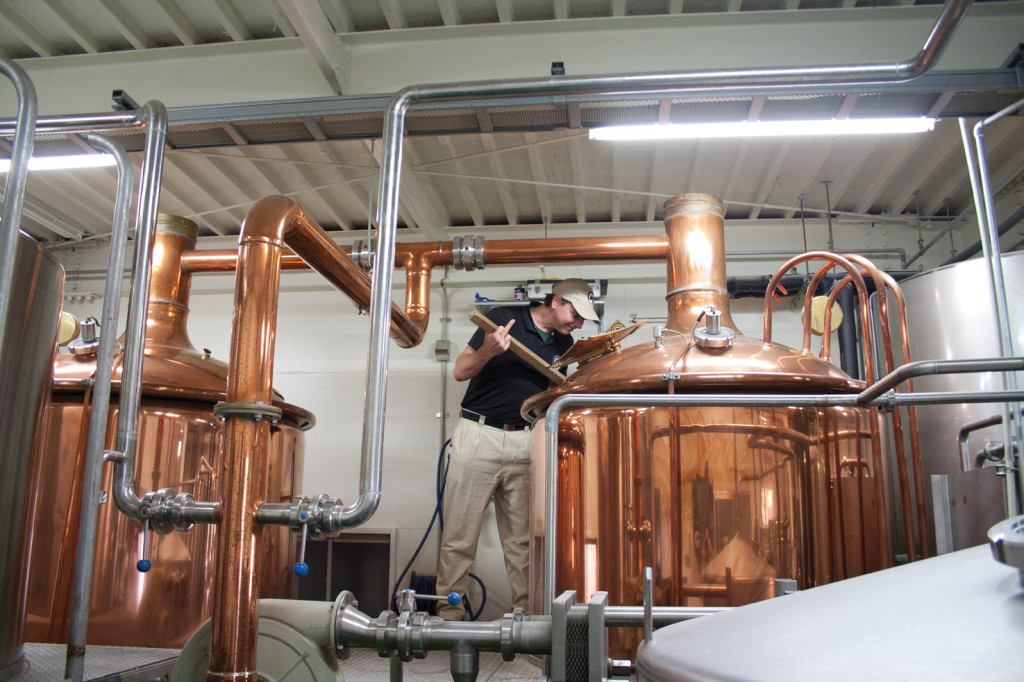Small
Size does matter, but it’s the opposite of what media and consumers seem to think. At issue isn’t whether “small” makes something “craft”, per se. It’s that “big”, as in gigantic, gives a company tremendous marketing and distribution advantages–many in the craft beer industry have cried “unfair,” invoking notions of monopolistic power. Beer commercials in Japan from the big brands feature some of the biggest celebrities out there and are slickly designed by the world’s biggest (and most expensive) advertising agencies. They can plaster the inside of trains with ads. Their logos are everywhere at professional sporting events.
The insurmountable advantage of size was primarily why the BA decided to use production volume in part to define craft breweries. That was/is still not without controversy. Boston Beer Company, maker of Samuel Adams, carved out an identity for itself in the early days of America’s craft beer movement by emphasizing its small size and supposed craft-like approach relative to the big breweries. It ironically did so through clever radio and TV advertisements–it at least had enough money for that. The brewery grew at a staggering pace and certainly paved the way for many craft breweries in America (and beyond). Today, it is a publicly traded company. Co-founder and chairman Jim Koch’s personal wealth has surpassed one billion dollars, according to a September 9th, 2013 Bloomberg report. The BA has had to increase its definition of “small” from 2 million barrels to 6 million to continue including Boston Beer Company in the organization. Detractors complain that this is arbitrary. The BA retorts that if it were to exclude the brewery, it would be denying membership to one of the pioneers of the industry. Sierra Nevada, which is perhaps ‘the’ quintessential craft brewery, is approaching 2 million barrels. To give you an idea of scale, 6 million barrels is equivalent to over 700 million liters. That’s multiples the size of Orion Beer, Japan’s fifth-largest industrial brewery, though still a tiny player compared to the big four, with less than 1% market share. The total volume of Japan’s craft brewers for 2013 was about 35 million liters, or roughly equivalent to Orion.
Obviously Japan’s market is much different and much smaller, but just as America’s largest craft breweries are a fraction of the size of their big competitors, the largest of Japan’s so-called craft breweries are a fraction the size of Japan’s five industrial breweries. Now the question: how do we label Spring Valley if it is much smaller than Yo-Ho, Echigo, Otaru etc.? Do we say it is craft beer?
This article was published in Japan Beer Times # () and is among the limited content available online. Order your copy through our online shop or download the digital version from the iTunes store to access the full contents of this issue.




